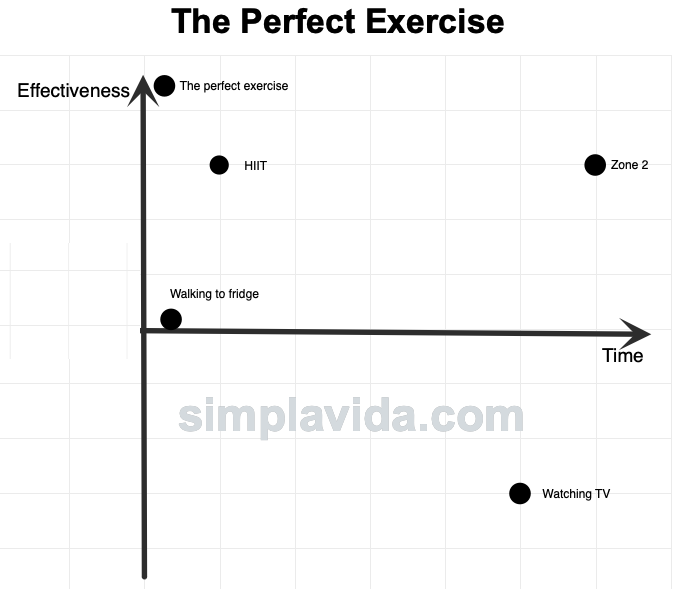Let's go back to the basic principles underlying Zone 2 training and then dive deeper into why it works. And, like gravity, Zone 2 training works whether you believe in it or not.
First, some questions:
- Why do I need to know the science?
You don't. So you can quit right now and Zone 2 methods will go right on working. As I said, Zone 2 works whether you know the science or not. But ... it's a good idea to know why it works and when it doesn't, and knowing that requires at least a basic intuition about the science. - How much science do I need to know?
Meh, not much. Just enough to understand what's happening, why it's happening, and see why you might be screwing it up unintentionally. - Will there be a quiz?
Yes! I love quizzes. (I'm kidding: There won't actually be a quiz. But I do like quizzes.)
The Basics
To restate the core idea: Low-intensity training drives adaptations that improve health. It's that simple.
But it's not exclusive. Walking across the room builds health. Chasing a bus builds fitness. Virtually anything that doesn't involve sitting still is a kind of exercise, and thus builds fitness. So, why the emphasis on low-intensity training? Why not other forms of training, like high-intensity interval training (HIIT), sweet spot training, or something else? What, to be blunt, is the scientific justification?
You can think about it in a kind of two-dimensional graphic, one that has various exercises on it organized by their relative effectiveness (however measured) versus time spent. The Perfect Exercise would produce the most benefit per unit time.
Here is that idea in a loosely graphical form, with Effectiveness and Time as axes. I have put various points on the graphic, purely for illustrative purposes, including high-intensity interval training (HIIT), Zone 2, walking to the fridge, watching TV, and so on. And, oh yes, Zone 2.

While there is no perfect exercise, the closest one in terms of benefit per unit time is likely some variant of high-intensity interval training. It provides oodles of bone, muscle, and cardiovascular benefits, and does it in relatively little time, relying on, as the name suggests, high-intensity intervals: bursts of hard exercise in little time.
What's not to like? Not much. While I don't do HIIT, I do some high-intensity training every week. It has a place in a proper training program, after you've built a base, especially in a polarized program (more on that later).
Read the full article
Sign up now to read the full article and get access to all articles for paying subscribers only.





